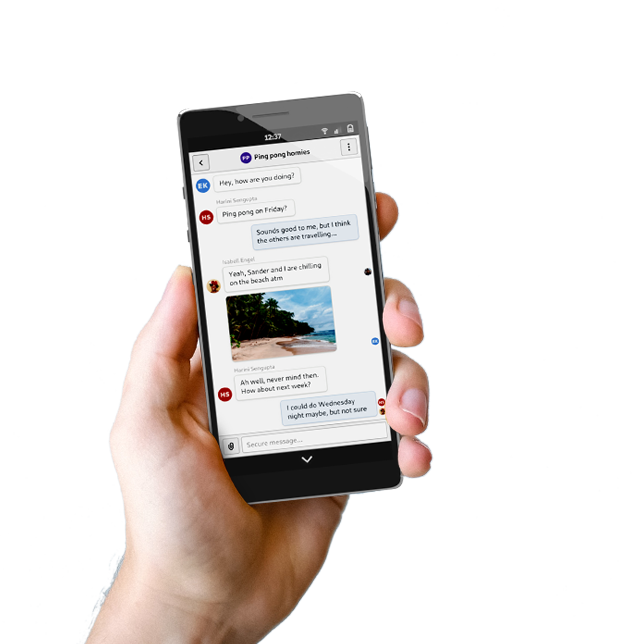Purism and Linux 5.8
Latest posts by Martin Kepplinger (see all)
- PureOS Unaffected by ext4 Data Corruption Bug - January 2, 2024
- Purism and Linux 6.5 to 6.7 - December 22, 2023
- Purism and Linux 6.2 to 6.4 - July 13, 2023
Following up on our report for Linux 5.7 this summarizes the progress on mainline support for the Librem 5 phone and its development kit during the 5.8 development cycle. That was already a few months ago. We missed publishing this earlier and the recent development cycle summaries will follow shortly.
Devkit updates
The Librem 5 devkit saw a minor update that will save some power:
arm64: dts: imx8mq-librem5-devkit: Use 0.9V for VDD_GPU arm64: dts: imx8mq-librem5-devkit: Don’t use underscore in node name
USB power management
Runtime power management in the USB stack is quite mature and well supported. We added one piece for the Designware DWC3 hardware IP that has been missing: support for runtime power management when devices are connected and disconnected on an external bus:
usb: dwc3: support continuous runtime PM with dual role
Librem 5 Light and Proximity Sensor
During a phone call, the Librem 5 naturally might be near the user’s ear. We added a new interface to Linux to allow userspace to decide when an object is close to the device and added support for the vcnl4000 proximity sensor:
Documentation: ABI: document IIO in_proximity_nearlevel file iio: vcnl4000: Export near level property for proximity sensor dt-bindings: iio: light: vcnl4000: Add proximity-near-level dt-bindings: iio: Introduce common properties for iio sensors dt-bindings: iio: vcnl4000: convert bindings to YAML format
Librem 5 Display stack
Certainly, our largest addition during this development cycle has been adding support for the NWL MIPI DSI controller. For the devkit, this marks the last piece that has been needed for the mainline kernel to support the full display stack. The Librem 5 phone is one-panel driver away from having the same:
drm/bridge: Add NWL MIPI DSI host controller support dt-bindings: display/bridge: Add binding for NWL mipi dsi host controller
Code review
This round we contributed 6 Reviewed-by: or Tested-by: tags to patches by other authors. Something we can still improve on for upcoming cycles.
Discover the Librem 5
Purism believes building the Librem 5 is just one step on the road to launching a digital rights movement, where we—the-people stand up for our digital rights, where we place the control of your data and your family’s data back where it belongs: in your own hands.

Recent Posts
Related Content
- 2025 Year-End Sale
- PureOS Crimson Development Report: November 2025
- PureOS Crimson Development Report: October 2025
- Landfall: A Case Study in Commercial Spyware
- Consent On Everything?


